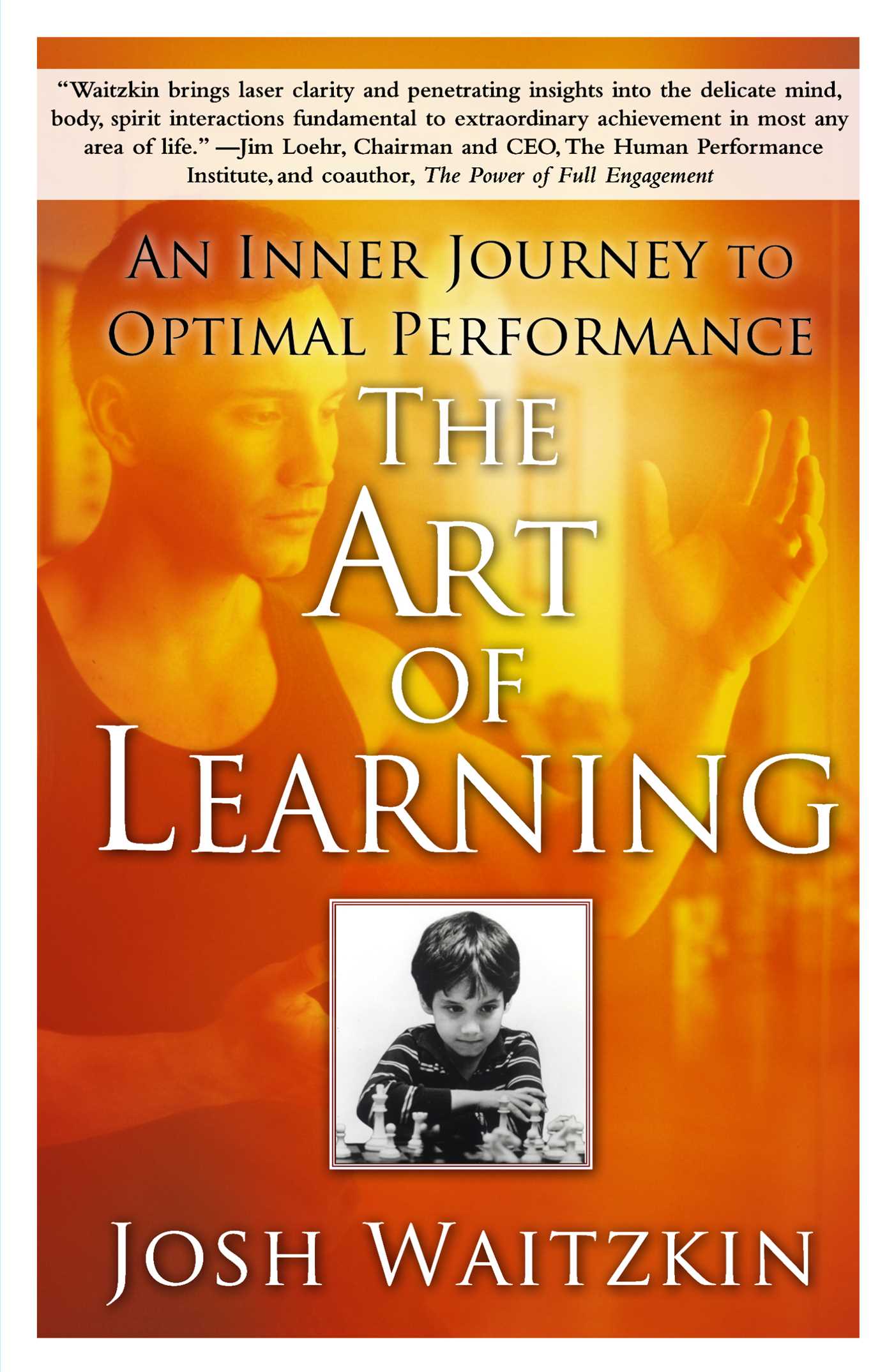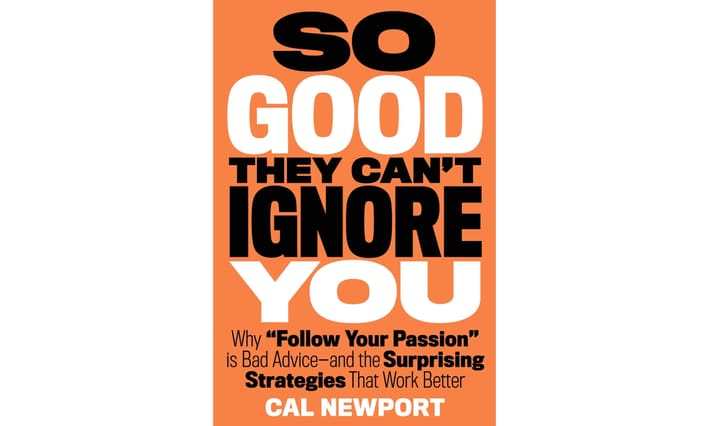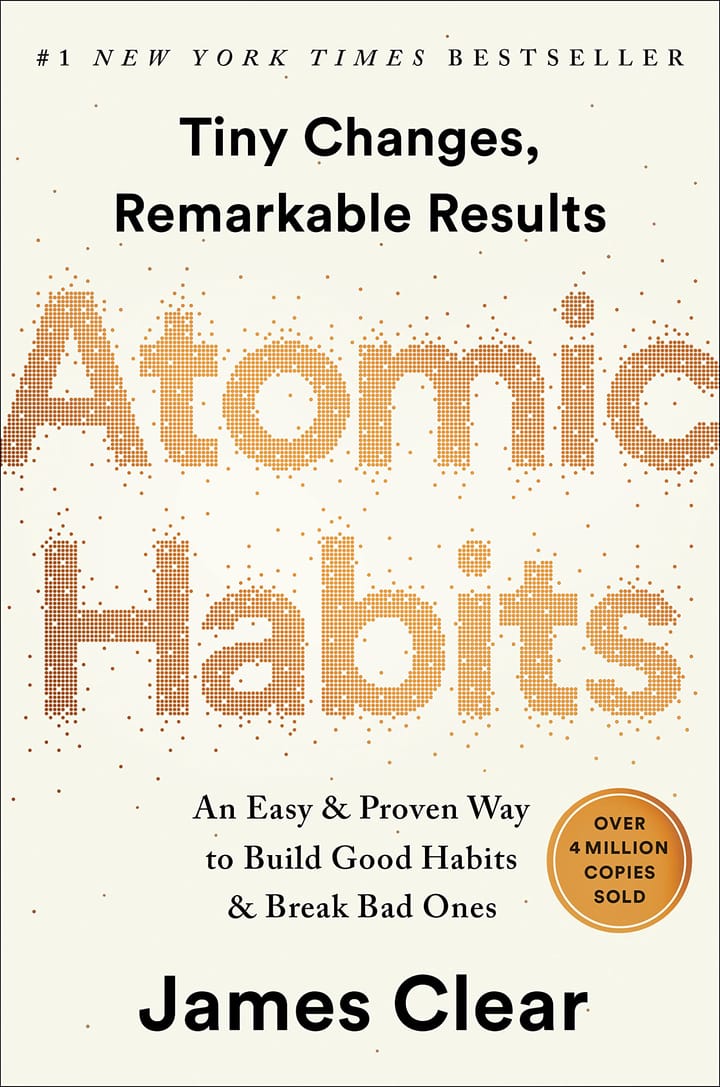The Art of Learning

You can purchase the book here: Paperback | Kindle | Audiobook
5/5 — a phenomenal book. It’s deeply introspective with many gems of wisdom. Josh Waitzkin is a great writer; he is able to articulate his intuitive feelings in a way that is easy to understand. The chapters are short enough to be read in about 10-20 minutes each so it was perfect for me to read in narrow windows of free time. I would recommend it to anyone interested in improving at any skill, whether they are novice or advanced.
I discovered this book through The Tim Ferriss Podcast and I purchased the book soon after I listened to an episode with Josh Waitzkin.
The Takeaways
Two Approaches to Learning
Entity Theory is when one has static ideas about their learning. For example, one thinks “I am smart at this,” or “I am bad at this.” When they perform poorly their self image is shattered and they are unable to grow because they don’t have the tools or proper framework.
Incremental Theory is thinking “I got it because I worked very hard at it,“ or “I should have tried harder." The person who develops the habit of thinking within the framework of Incremental Theory is more flexible and open to learning, especially after a significant loss.
Train yourself or others through the Incremental Theory to become comfortable with losing. Learn from losses and become more mentally flexible. It's important not to put so much value in the glory of winning.
The Soft Zone
Top performers are able to find peace in chaos, and some even use it to their advantage. Waitzkin describes two different states of concentration: the Soft Zone and Hard Zone.
The Hard Zone is when an outside distraction disturbs a person's concentration and it is difficult for them to return to focusing on their original task. It is analogous to a twig in a hurricane; when the pressure from the winds is high, the twig snaps.
The Soft Zone is when a person is able to go with the flow. Distractions might even deepen a person's concentration if channeled properly. It is analogous to a blade of grass in a hurricane; in high winds grass can bend, but when the wind ceases the grass pops back up.
The 3 critical steps of entering the Soft Zone:
- Be at peace with imperfection.
- Use that imperfection to our advantage.
- Learn how to access that advantage without the initial imperfection.
The Downward Spiral
Oftentimes competitors will make a mistake, no matter how mild, and then get upset. This emotional upset then leads them to continue making poor choices — especially if they were dominating beforehand. It's important to pause and collect one’s self after making an error in order to avoid the downward spiral.
Changing Voice
Numbers to leave numbers (or, form to leave form) describes a person’s technical decision-making as being a reflection of their internal world. As a competitor, one can use this to their advantage to exploit their opponent. For example, if Watzkin noticed an opponent was impatiently tapping their foot and made moves rather quickly, then Watizkin would disrupt them by intentionally making the chess game take longer.
Breaking Stallions
Part I: Ambition in life exists on a balance beam. A child on the beam has no limits and is not afraid to fall off and get back on; whereas an adult becomes acutely aware of the dangers and the humiliation of falling.
“A key component of high-level learning is cultivating a resilient awareness that is the older, conscious embodiment of a child’s playful obliviousness.”
Part II: Waitzkin explains the two ways to break a stallion: (1) Using brute force until the horse’s spirit is broken and eventually submits to the trainer; or (2) Taming the horse by matching its energy, making its intention your intention. This is analogous to how humans learn. We must honor the method of learning that resonates most with us, rather than forcing ourselves to take a particular approach just because others have found success that way. Forcing an incompatible method on a student can lead to resentment of the teacher or the craft itself.
Beginner’s Mind & Investment In Loss
“[I]t is not so difficult to have a beginner’s mind and to be willing to invest in loss when you are truly a beginner, but it is much harder to maintain that humility and openness to learning when people are watching and expecting you to perform. … We must take responsibility for ourselves, and not expect the rest of the world to understand what it takes to become the best that we can become. Great ones are willing to get burned time and again as they sharpen their swords in the fire.”
Making Smaller Circles
Making smaller circles describes the process of honing in on basic principles and studying them intensely until the fundamentals become ingrained into muscle memory — the somatic action becomes a feeling. At this stage of feeling, one can then make smaller circles again.
For example, world-class boxers have internalized the fundamentals of a punch to a point where they can deliver an uppercut in far less time, with equal power, and without projecting to the opponent.
Additionally, Waitzkin argues that understanding fundamentals at a deeper level far outweighs knowing a variety of more advanced skills at a surface level.
“Depth beats breadth any day of the week, because it opens a channel for the intangible, unconscious, creative components of our hidden potential.”
Using Adversity
Oftentimes, we can develop tunnel vision while we’re in the heat of the moment, which prevents us from analyzing and improving upon our actions from a new point of view. However, when an injury or setback disturbs our process we are forced to get imaginative and find new solutions, which ultimately make us better than we were before. The Internal Solution is a mental tool that we can use whereby we identify and internalize potential adverse events to improve our performance without the event actually occurring. What separates great competitors from the best, is that the best competitors never stop training — whether it’s externally or internally.
Slowing Down Time
As we practice a skill our brain naturally chunks information and creates new neural pathways. Over time these skills become second nature and no longer require conscious effort. As we become proficient, our unconscious mind can then process more and more information in the background while our conscious mind actively works on something different. At this level of performance time seems to slow down, we feel calm, and decision-making comes naturally.
The Illusion of the Mystical
Waitzkin begins with a passage from the philosophical foundation of Tai Chi from the book Tai Chi Classics:
“If the opponent’s move is quick, then quickly respond; if his movement is slow, then follow slowly.”
There was an addition by a sage named Wu Yu-Hsiang:
“If the opponent does not move, then I do not move. At the opponent's slightest move, I move first.”
Waitzkin explains the bold line from above as the skill in which a competitor notices the subtleties of their opponent’s actions that uncover tells on how they will behave. The advanced competitor can get into their opponent’s head and manipulate them through subtle intention setting. This game can become deeply psychological.
The Power of Presence
“In every discipline, the ability to be clear headed, present, and cool under fire is much of what separates the best from the mediocre.”
“The secret is that everything is always on the line. The more present we are at practice, the more present we will be in competition, and the board room, at the exam, the operating table, the big stage. If we have any hope of attaining excellence, let alone showing what we’ve got under pressure, we have to be prepared by a lifestyle of reinforcement. Presence must be like breathing.”
Searching for the Zone
Adequate rest is imperative for both psychological and physiological performance and endurance. Through the mind-body connection, one can improve upon their psychological recovery rate by training their physiological recovery rate (e.g. cardiovascular interval training). Take advantage of short breaks to reset your mind before returning to periods of intense concentration.
“For one thing, now that your conscious mind is free to take little breaks, you’ll be delighted by the surges of creativity that will emerge out of your unconscious. You’ll become more attuned to your intuition and will slowly become more and more true to yourself stylistically.”
Building Your Trigger
Using classical conditioning, one can create a routine to serve as a trigger to enter The Zone. After performing a routine consistently before a serene activity, one will begin to associate the routine with feeling relaxed. Then, the routine can be performed before any stressful activity in order to feel relaxed. Using concepts from above, such as numbers to leave numbers and making smaller circles, one can then incrementally shorten their routine to only a few minutes in order to achieve the same effect at a moment’s notice.
Making Sandals
“To walk a thorny Road, we may cover its every inch with leather or we can make sandals."
Instead of trying to ignore emotions or push them down, one should use them as fuel to flavor their creative fire. Making sandals is rooted in the principles of the Soft Zone and the Internal Solution from previous chapters:
- Flow with distraction, like the blade of grass bending to the wind.
- Then learn to use distraction, inspiring yourself with what initially would have thrown us off our game.
- Learn to recreate the inspiring settings internally. Learn to make sandals.
“I believe that at the highest levels, performers and artists must be true to themselves. There could be no denial, no repression of true personality, or else the creation will be false — the performer will be alienated from his or her intuitive voice."
“We are built to be sharpest when in danger, but protected lives have distanced us from our natural abilities to channel our energies. Instead of running from our emotions or being swept away from their initial gusts, we should learn to sit with them, become at peace with their unique flavors, and ultimately discover deep pools of inspiration. [Waitzkin] found that this is a natural process. Once we build up a tolerance for turbulence and are no longer upended by the swells of our emotional life, we can ride them and even pick up speed with their slopes.”




Comments ()